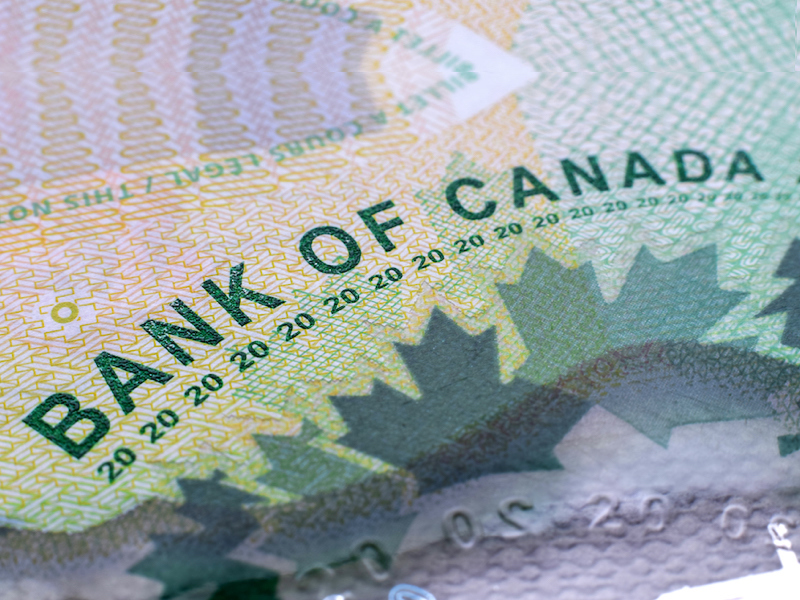
A senior Bank of Canada official says the unusual measures it took during the pandemic helped boost the economy, but the bar for using quantitative easing again will be very high.
The comments came Thursday in a speech in Ottawa to the Canadian Association for Business Economics as the central bank works to rebuild trust with the public and be transparent in how it works.
With its key policy interest rate already as low as it could go in 2020, deputy governor Sharon Kozicki says the central bank decided to start buying more government bonds than usual in a bid to keep interest rates low — a practice known as quantitative easing.
Combined with extraordinary forward guidance from the central bank, the move helped keep interest rates low, boosting the economy.
It was the first time the central bank had ever used quantitative easing and only the second time that it used forward guidance to help the economy (the first was during the financial crisis).
But Kozicki said the bank faced an unprecedented economic shock when it decided to use quantitative easing, emphasizing the unusual nature of the move.
“The bar for us to use QE again is very high,” she said.
Kozicki says the bank is putting together an in-depth review of the decisions taken during the pandemic so that it can learn from its own actions.
“While this review is a significant step, it is not the final word,” she said.
“Questions will continue to be asked that may shape if and how we use our exceptional tools in the future. These questions are particularly valuable in a world where the next crisis may look different from those in the past.”
The Bank of Canada cut its key interest rate last week by a quarter of a percentage point to 4.75%. The bank has said if inflation continues to ease it is reasonable to expect further cuts, but that it is taking it one decision at a time.
The summary of the central bank’s deliberations for its decision to cut its key policy rate is set to be released on June 19.